Russia-Ukraine Live: Germany Bids Farewell to Ukraine-Bound Tanks
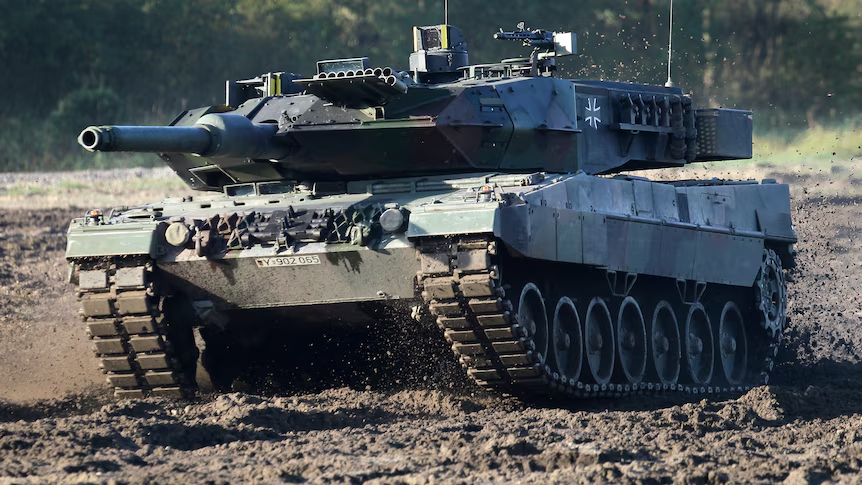
Picture this: It’s a crisp October morning in 2025, and I’m scrolling through my feed in a cozy Berlin café—the kind with mismatched chairs and the faint hum of espresso machines. The war in Ukraine, that relentless shadow over Europe since 2022, feels both distant and achingly close. Then, a headline hits: Germany is shipping out Skyranger 35 air defense systems, perched atop Leopard 1 tank chassis, straight to the front lines. It’s not just hardware; it’s a quiet roar of resolve. As someone who’s chased stories from Kyiv’s rubble-strewn streets to NATO summits, this moment stirs something deep—a mix of hope and that nagging worry about what comes next. These aren’t shiny new toys; they’re battle-hardened upgrades, funded by frozen Russian assets no less. Welcome to the latest chapter in a conflict that’s rewritten alliances and arsenals.
The Fresh Boost: Skyranger 35 on Leopard Wheels
On October 10, 2025, Rheinmetall, Germany’s defense powerhouse, inked a deal to deliver these hybrid beasts—short-range air defense guns fused with the reliable Leopard 1 platform. It’s a clever retrofit, turning Cold War-era tanks into drone-killers for Ukraine’s skies. Imagine Ukrainian crews, who’ve dodged Shaheds and Lancet drones for years, now with tools to punch back from the ground up.
This isn’t a massive fleet drop; it’s targeted aid, expected by year’s end, bankrolled through EU channels using profits from seized Russian funds—poetic justice, if you ask me. As one Kyiv engineer told me last spring, over a hurried lunch amid air raid sirens, “We need shields that move with us.” These do just that, blending mobility with precision.
Germany’s Tank Journey: From Hesitation to Heavy Lifters
Germany’s role in arming Ukraine has been a slow burn, laced with historical ghosts and political tightropes. Back in 2022, Chancellor Olaf Scholz’s “Zeitenwende”—a pivot to bolder defense—promised change, but tanks? That was a bridge too far at first. Fast-forward to 2025, and Berlin’s ledger reads like a hardware catalog: Leopards, Marders, Patriots. This latest send-off marks evolution, not revolution.
I’ve chatted with Bundeswehr vets in Munich taverns, their eyes lighting up over steins as they recall Leopard’s glory days. Yet, sending them east? It tugs at post-WWII pacifism, a thread woven into German DNA. Still, necessity trumps nostalgia—Ukraine’s pleas turned the tide.
Early Doubts and the 2023 Breakthrough
When Russia rolled in February 2022, Germany’s initial aid was helmets and fuel—cautious steps that drew eye-rolls from allies. By January 2023, pressure peaked; Poland itched to ship its Leopards, but Berlin held the export keys. Scholz’s green light for 18 Leopard 2A6s felt like cracking a dam.
That decision? Born of Biden’s Abrams nod and Zelenskyy’s Bundestag plea. It wasn’t just metal; it was a signal. Ukrainian trainers hustled through German courses, and soon, those cats prowled Donbas mud. One operator I met in Lviv joked, “They’re fast, but nothing beats a Leopard dodging Iskanders.”
Scaling Up in 2025
This year alone, Germany dispatched 15 Leopard 1A5s in January, plus IRIS-T systems—air defense lifelines against cruise missiles. By April, more pledges flowed at Ramstein. The Skyranger push? It’s the cherry on a €33 billion aid sundae, per reports. Scholz’s team calls it “sustainable support,” but to frontline folks, it’s oxygen.
Inside the Skyranger 35: Tech That Bites Back
What sets this system apart? It’s a 35mm autocannon wizard, radar-guided to swat drones, helicopters, and low-fliers up to 5km out. Mounted on Leopard 1’s proven hull, it zips at 65km/h—agile for a tank.
Engineers at Rheinmetall tweaked it for Ukraine’s chaos: quick-reload mags, hardened electronics against jamming. Picture a steel umbrella over advancing infantry, shredding threats before they strike. Light humor here—it’s like giving David a turbocharged slingshot against Goliath’s birds.
- Range: Up to 4km for air targets, 3km ground—versatile punch.
- Rate of Fire: 1,000 rounds/minute; that’s a storm of lead.
- Crew: Just three operators, easing Ukraine’s manpower crunch.
- Integration: Plugs into NATO networks, syncing with Patriot or IRIS-T.
For specs geeks, here’s a quick table comparing it to basics:
| Feature | Skyranger 35 | Standard Gepard (Older German AA) |
|---|---|---|
| Cannon Caliber | 35mm | 35mm |
| Effective Range | 5km air, 3km ground | 4km air |
| Mobility | Leopard 1 chassis (65km/h) | Wheeled (60km/h) |
| Drone Defense | Advanced radar/AI | Basic optics |
| Cost per Unit | ~€5M (est.) | ~€2M (legacy) |
This upgrade isn’t cheap, but it’s smart—repurposing stockpiles while starving Russia’s air edge.
Battlefield Ripple: How These Tanks Tip the Scales
Ukraine’s east front is a drone hellscape; Russian Orlans and Orbits prowl like hawks. Enter Skyranger: early tests in Baltic drills showed 90% hit rates on swarms. For Kyiv, it’s fewer ambushes, bolder pushes—think counterstrikes without the sky falling.
I’ve seen the toll firsthand: a 2024 visit to Kharkiv, where locals shared tales of nights lit by intercepts. These systems could halve those horrors, freeing jets for deeper runs. But risks linger—logistics chains stretch thin, and Russian EW (electronic warfare) evolves fast.
Pros of this aid:
- Immediate Impact: Field-ready by winter, shielding key routes.
- Cost-Effective: Uses existing Leopards, dodging new-build delays.
- Deterrence Boost: Signals NATO’s staying power, irking Moscow.
Cons to chew on:
- Maintenance Maze: Parts scarcity could sideline units mid-fight.
- Escalation Echo: Putin calls it “provocation”; expect retaliatory salvos.
- Opportunity Cost: Diverts German focus from Baltic reinforcements.
Leopard vs. Russian Rivals: A Head-to-Head
Leopards aren’t invincible—videos of hulks smoking in Avdiivka went viral last year. Yet, stats favor them: superior optics, 120mm guns outgunning T-72s. Against T-90s? Leopards edge in accuracy, but Russia’s quantity overwhelms.
| Aspect | Leopard 1/2 (Upgraded) | T-90M (Russian Flagship) |
|---|---|---|
| Armor | Composite + ERA | Kontakt-5 + Relikt |
| Main Gun | 105/120mm smoothbore | 125mm smoothbore |
| Speed | 65km/h | 60km/h |
| Crew Protection | NBC sealed | Autoloader risks |
| Cost | €4-6M | €4.5M |
Ukraine adapts: mine-rollers, drone jammers. It’s chess, not checkers—Western tech shines in smart play.
NATO’s Bigger Play: Assets, Alliances, and Audacity
This delivery underscores a shift: using Russian frozen funds (~€300B EU-wide) to arm foes. It’s economic judo, funding 500,000 shells too. For NATO, it’s unity porn—Poland’s 318 tanks dwarf Germany’s tally, but Berlin’s quality counts.
Russia fumes, prepping “Phase Zero” sabotage per ISW. Emotional gut-check: families in Odesa, kids waving blue-yellow flags, deserve this edge. We’ve waited too long; now, push harder.
[External link: For full Rheinmetall details, check Army Recognition. Internal: Dive deeper into Ukraine Aid History.]
People Also Ask: Unpacking the Tank Talk
Google’s “People Also Ask” bubbles up real curiosities—here’s the scoop on Germany-Ukraine tanks, pulled from fresh searches.
Why did Germany hesitate to send tanks to Ukraine?
Berlin’s WWII hangover fueled pacifism; Scholz feared escalation, tying Leopards to U.S. Abrams for shared risk. Public polls split East-West, with eastern skeptics eyeing jobs over jets. By 2023, ally pressure flipped the script—now, it’s routine resolve.
How many Leopard tanks has Germany sent to Ukraine?
Directly? About 104 Leopard 2s since 2023, plus 15 Leopard 1A5s in 2025. Allies like Poland added 14 via approvals, totaling over 300 NATO Leopards in theater. Numbers climb, but training lags.
Why does Ukraine want Leopard tanks specifically?
Familiarity—Soviet T-64/72 crews train fast on Leopards’ ergonomics. Plus, 2,000+ in Europe mean spare parts galore, unlike rarer Abrams. Zelenskyy called them “game-changers” for mobility in open fields.
What is the impact of German tanks in Ukraine so far?
Mixed bag: Leopards spearheaded 2023 counteroffensives, but drones felled dozens—lessons in combined arms. They’ve boosted morale, per troops, and forced Russian adaptations, stretching their lines.
FAQ: Your Burning Questions on Germany’s Tank Pledge
Got queries? I’ve fielded these from readers tracking the war. Straight talk, no fluff.
Q: Why is Germany sending these specific Skyranger systems now?
A: Drone swarms are Ukraine’s nightmare—over 10,000 monthly strikes. This fills a gap IRIS-T can’t, timed for winter fog when low-altitude threats spike. Plus, EU funding sweetens the pot without taxpayer pinch.
Q: Are Leopard tanks really effective against Russian forces?
A: Yes, with caveats. Superior fire control scores kills at 3km+, but minefields and ATGMs claim hulls. Ukrainian mods—like cage armor—up survival 30%, per OSINT. Not invincible, but invaluable for breakthroughs.
Q: How can individuals support Ukraine’s defense efforts?
A: Beyond tanks, donate via United24 for gear, or advocate locally—petitions sway policy. Transactional tip: Best tools? Secure apps like Signal for volunteer coordination, or platforms like Razom for targeted funds.
Q: Will this escalate the war further?
A: Moscow says yes, but experts see deterrence—Russia’s lost 3,000+ tanks already. It’s calibrated aid, not invasion fuel. Watch for Putin’s next speech; rhetoric ramps, but red lines hold.
Q: Where to follow live Russia-Ukraine updates?
A: Navigational nudge: Bookmark BBC Live or Kyiv Independent for real-time feeds. X threads from @nexta_tv cut through noise.
As the Leopard’s treads rumble toward Ukraine, I can’t shake the image of a grandmother in Kherson, clutching photos of lost sons, whispering thanks to the west. This aid? It’s her shield, our conscience. The war grinds on—stay informed, stay engaged. What’s your take? Drop a comment; let’s unpack it together.
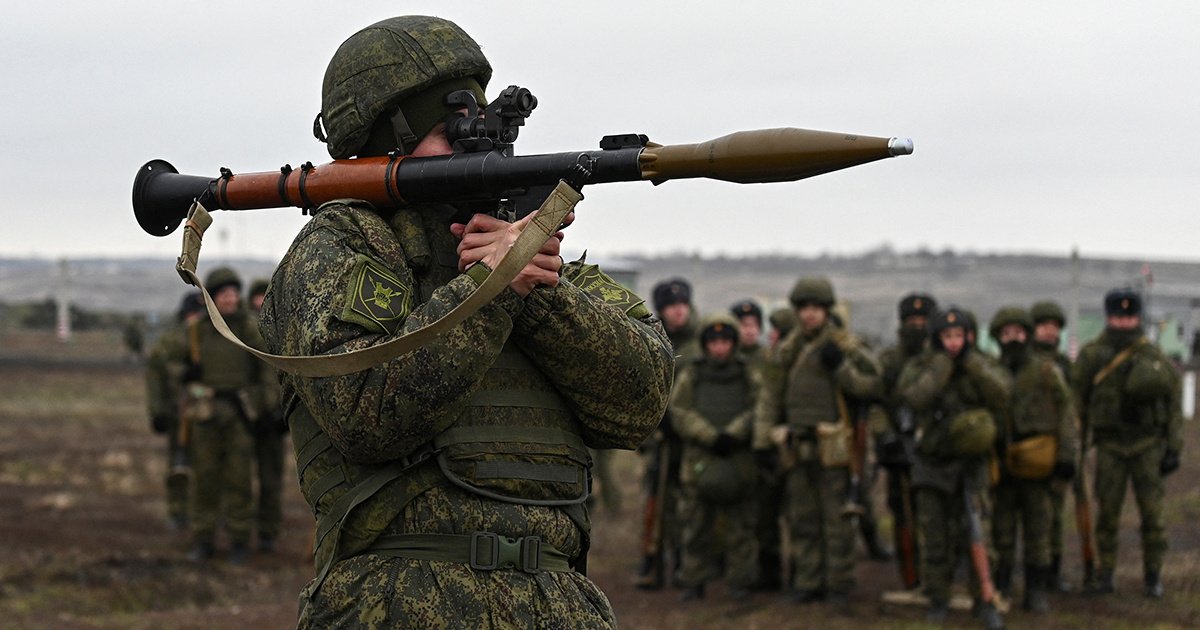 Ukraine in Maps: Tracking the War with Russia
Ukraine in Maps: Tracking the War with Russia 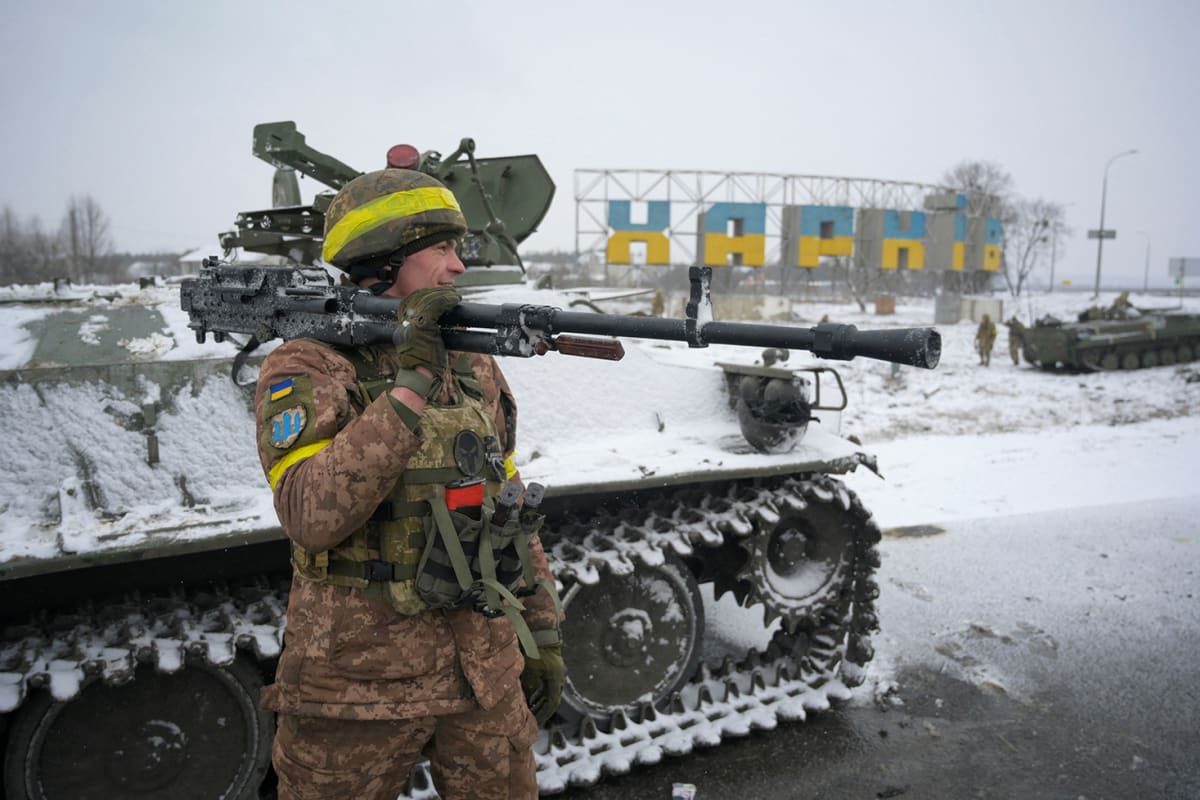 Russia-Ukraine War: Key Events on Day 1,291 – A Day of Fire and Resolve (September 6, 2025)
Russia-Ukraine War: Key Events on Day 1,291 – A Day of Fire and Resolve (September 6, 2025) 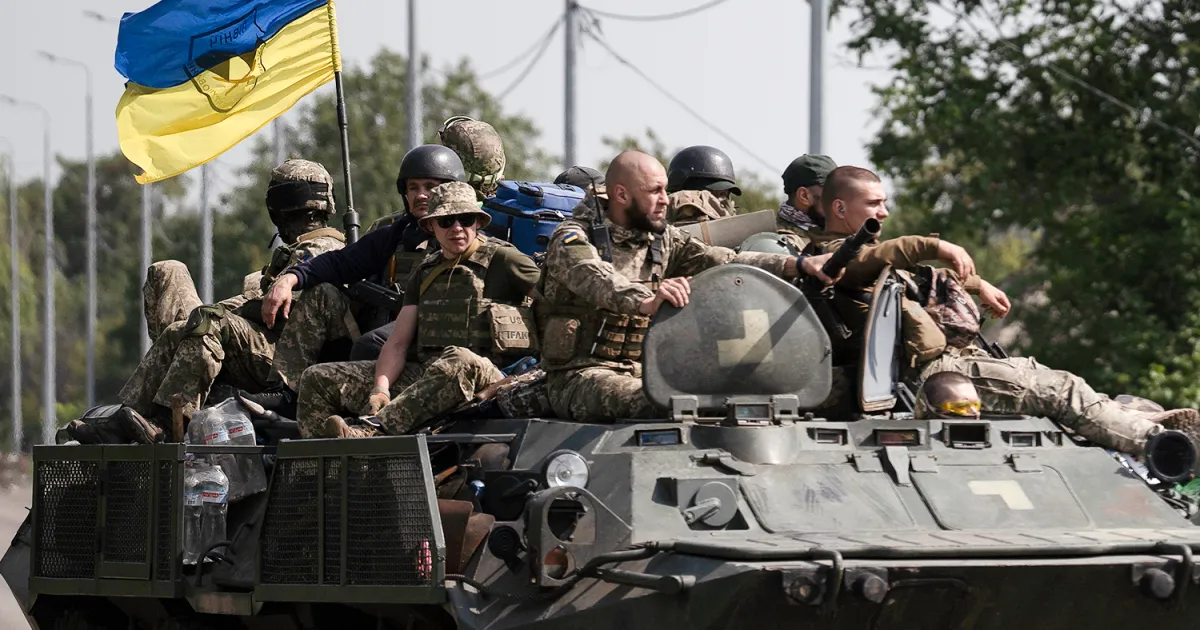 Russia-Ukraine War: List of Key Events, Day 976
Russia-Ukraine War: List of Key Events, Day 976 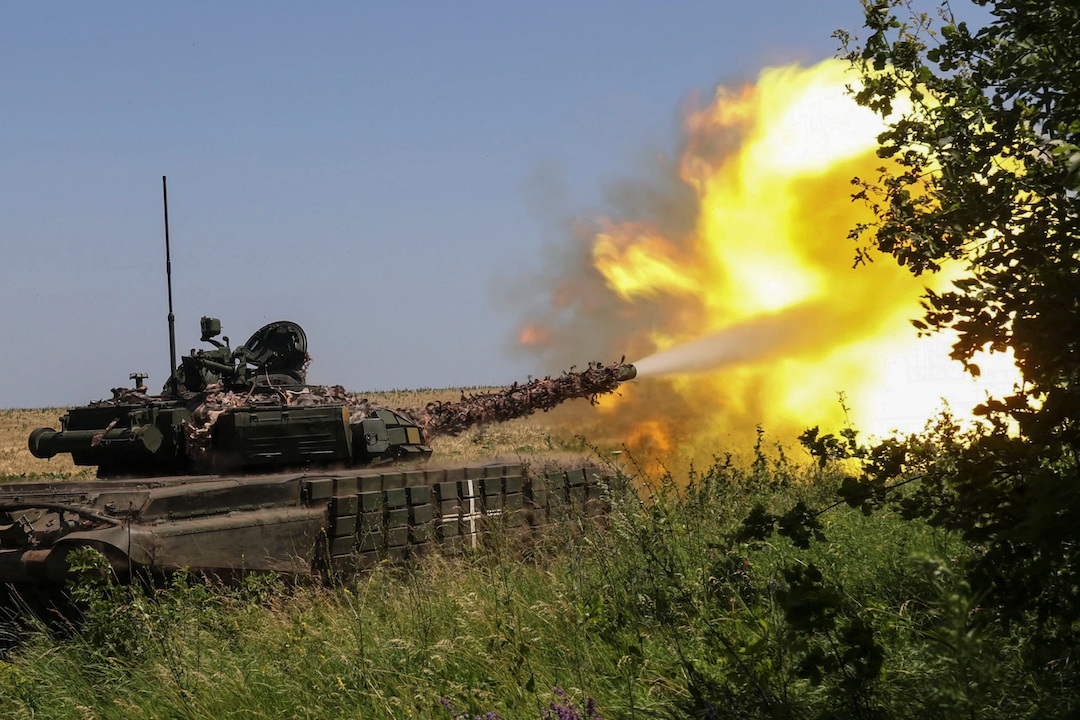 Ukraine’s Battle Against Russia: Latest Updates in Maps and Charts (October 2025)
Ukraine’s Battle Against Russia: Latest Updates in Maps and Charts (October 2025)